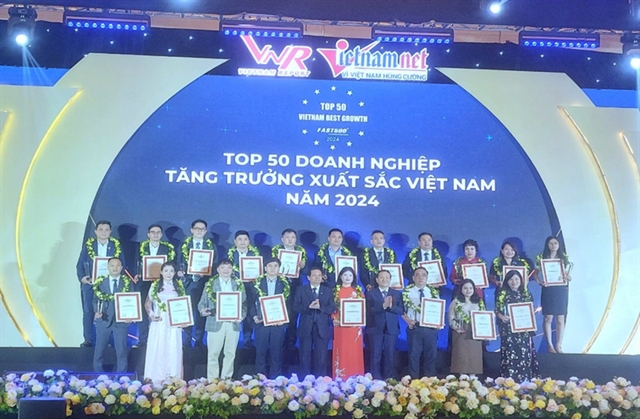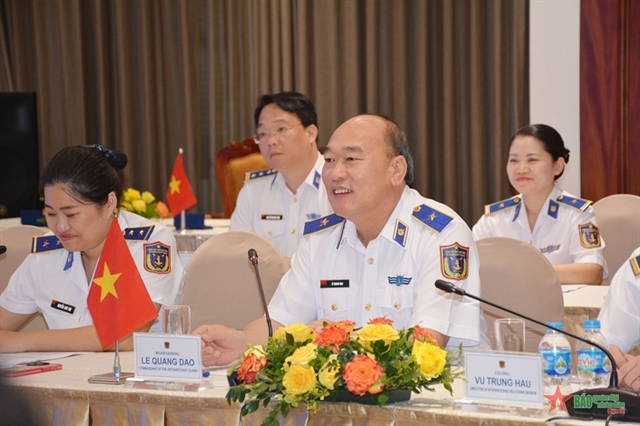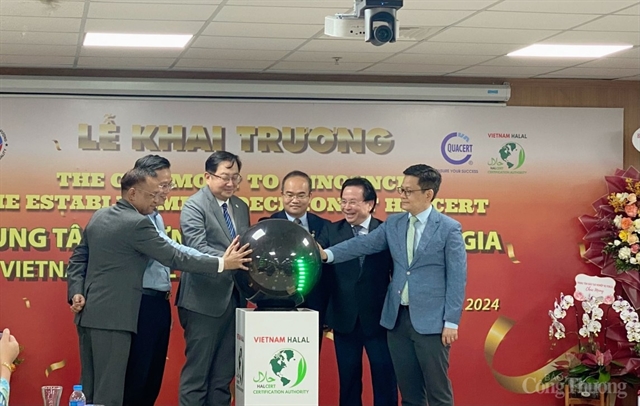 Opinion
Opinion
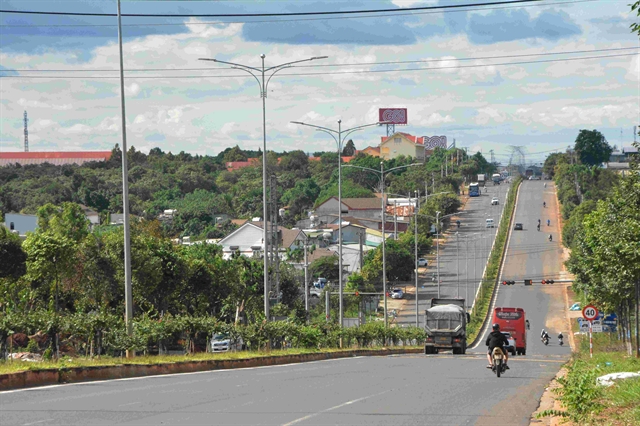
Vũ Văn Viện, director general of the Hà Nội Department of Transport, talks to Kinh tế & Đô thị (Economic and Urban Affairs) newspaper on the drafting of the Proposal to collect fees from motor vehicles on some Hà Nội streets
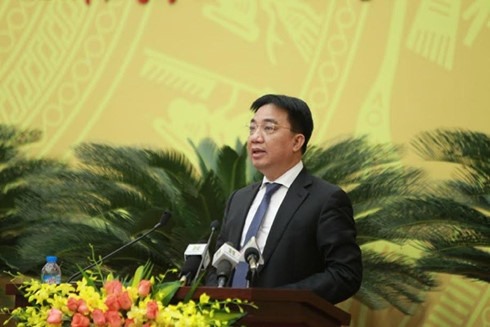 |
| Vũ Văn Viện. — Photo kinhtedothi.vn |
Vũ Văn Viện, director general of the Hà Nội Department of Transport, talks to Kinh tế & Đô thị (Economic and Urban Affairs) newspaper on the drafting of the Proposal to collect fees from motor vehicles on some Hà Nội streets
Why do we need advice from the Government in the course of drafting a proposal to collect fees from motor vehicles on some of Hà Nội’s inner city streets and residential areas?
In April 2017, the Hà Nội Municipal People’s Council adopted Resolution No.4 on tightening the management of transport vehicles to limit congestion and pollution in the inner city from 2017 to 2020 and beyond.
The Resolution includes a number of solutions, including one focused on economics.
In the economic solution, the document proposes levying fees on all cars and motorbikes entering areas that are often congested and polluted. This would be a new measure as it was not included in the current 2015 Law on Fees and Charges.
With the Government’s approval, the Hà Nội Municipal People’s Committee has developed this proposal to limit the number of motor vehicles entering the inner city. The proposal needs the approval of the National Assembly (NA). If it is approved by the NA, the fee will then be applied in cities and provinces nationwide.
What is the specific objective of the Proposal?
This is an economic measure which is aimed at reducing traffic jams and pollution. More importantly, it will promote the development of public transport and help people choose the best means of transport on a case-by-case basis.
Fee collection is not designed to create problems for the general public or to add money to the State budget. It is an opportunity for people to select which road they want to use and which means of transport they prefer. And most importantly, it will benefit the community and all of Hà Nội.
What principles are the Proposal based on?
Before writing the proposal, we came up with five principles governing its content.
First, it must meet the objectives adopted at a meeting of the Hà Nội’ Municipal Committee in 2017, as expressed in Resolution No.4.
Second, it has to ensure smooth travels for people living inside and outside the city and to meet Hà Nội’s requirements for socio-economic development and those of the whole Capital region, which covers nine surrounding provinces.
Third, the task of fee collection must workable and scientific.
Fourth, it must have the least possible negative impact on people living in affected areas.
And finally, it must anticipate problems which may arise from the fees and adopt measures to solve them.
What are the main points in the Proposal?
We understand that the proposal’s framework and who will have to pay the fees are the two most important points that have captured people’s attention. These are two salient points that we will focus on in the document. Similar cases in some developed nations have shown that the system works best when the fee is only imposed in select areas and when the fees are divided into various scales depending on the level of pollution and the location. In other words, the more pollution a vehicle produces, the heavier the fees its driver will have to pay.
There are various options for people to choose from – to pay the fee or not to pay the fee. Of course, we will also develop new means of public transport for people to choose to use if they wish to avoid the fee. We are aiming for law and order, traffic safety and environmental protection for Hà Nội.
Finally, we will conduct a study on the impacts of the fee on Hà Nội’s population. When we have completed all these activities we will make a final decision on which measures we should apply.
Which means of transport will be subject to the fees?
Resolution No.4 has stated clearly that the main objective of the project is to reduce traffic in areas which have a high risk of congestion. At the same time, we will create a plant to phase out motorcycles in the city centre by 2030. Our proposal will levy fines on both cars and motorcycles on certain streets; however, the plan will be divided into phases to meet people’s requirements in tandem with the road map for public transportation development.
What about the fee collection plan and the approval process?
To avoid traffic congestion and delays, we will apply the most advanced technology in fee collection. We are confident that automation will be the right choice for Hà Nội.
As I have mentioned above, road users will make their own choice whether to use roads subject to the fees.
Hà Nội’s Transport Department is developing an outline of the proposal to submit to the Municipal People’s Committee for approval in 2019. If the proposal is approved, we will submit it to the Prime Minister for the final approval. — VNS

